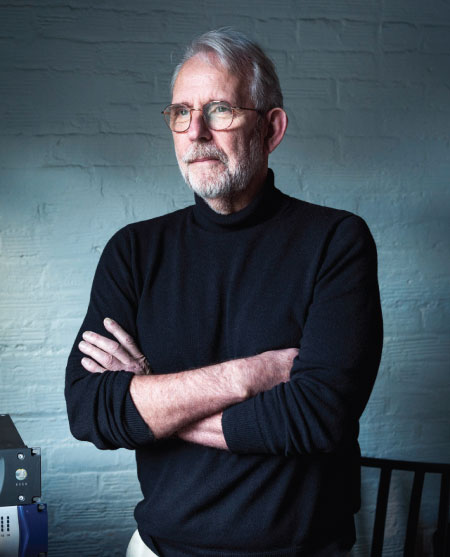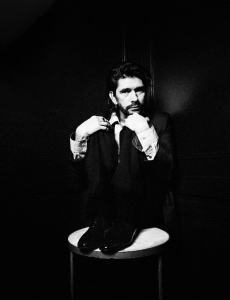Sound affect; film editor and sound designer for Apocalypse Now, The Godfather and The English Patient talks with Laura Barber

Growing up in New York, I saw the usual number of films for a kid, but I wasn’t addicted. If there was anything that fascinated me, it was sound. From the age of four or five, if I didn’t know the word for something, I’d imitate the noise. It used to amuse my friends: they’d ask me to do the fire engine, the gun, the explosion. Film only really made an impact in my teens. I came away from The Seventh Seal in a daze: it was a different species of film from anything I’d seen before – every frame bore the impress of Bergman’s personality. A little later, when I was studying at the Sorbonne, I discovered Truffaut and Godard. Being in Paris aged 20 was like being pickled in cinematic vinegar: at the end of it, I thought, “So, now I’m a pickle, let’s see where this goes.”
Back in the US, I applied to the University of Southern California’s film school, where I fell in with George Lucas and through him got to know Francis Ford Coppola: two men who have been enormous influences in my life. But the mid 60s was a bad time to be going into the movies: Hollywood wasn’t making interesting films and there were no jobs. After graduating, I swept floors for an educational documentary company and edited a few commercials, until I decided to take a risk. I moved with my young family up to San Francisco, where George, Francis and I set up American Zoetrope. We wanted to storm the barricades and try to make our own kind of movies. The first couple were not successes, so Francis took a job as a director for hire on The Godfather, and asked me to supervise the sound editing. During the editing, he kept worrying that he’d blown it – that he’d taken an exciting pulpy novel and turned it into three slow, boring hours of guys talking in rooms at night. But it was an instant box-office hit and we worked together on the sequels, as well as The Conversation and Apocalypse Now.
That was an important movie for me – not just because I won my first Oscar, but because it was the first soundtrack in the 5.1 format, which became the industry standard within a decade. It also contains one of my favourite sequences – the opening eight minutes of “Willard’s dream” – something that was not in the screenplay, created in post-production. I’ve learned things from every director I’ve worked with, and taken techniques from different traditions, but I’m also an early adopter of new technology and I’ve always loved taking scary leaps into the unknown. The English Patient was the first digitally-edited film to win an Oscar for editing, and Cold Mountain was the first big-budget movie to use off-the-shelf Apple software.
If my career hadn’t taken off in the movies, I’d probably have gone into astronomy, which I love. (I’m currently working on a feature documentary about the Large Hadron Collider, so I guess I’ve got the best of both worlds.) The start of every new movie feels like a fresh adventure, as though you’re skiing down a steep, unfamiliar slope, hoping you don’t run out of snow or hit a tree. You’re juggling actors’ schedules, different locations, shooting out of sequence… the momentum is exhilarating. But then there’s a wonderful moment when the shooting is over and you have the first assembly edited together: only then do you get a glimpse of how this blizzard of fragments is going to come together to become an actual movie!
Photography Mark Mahaney




